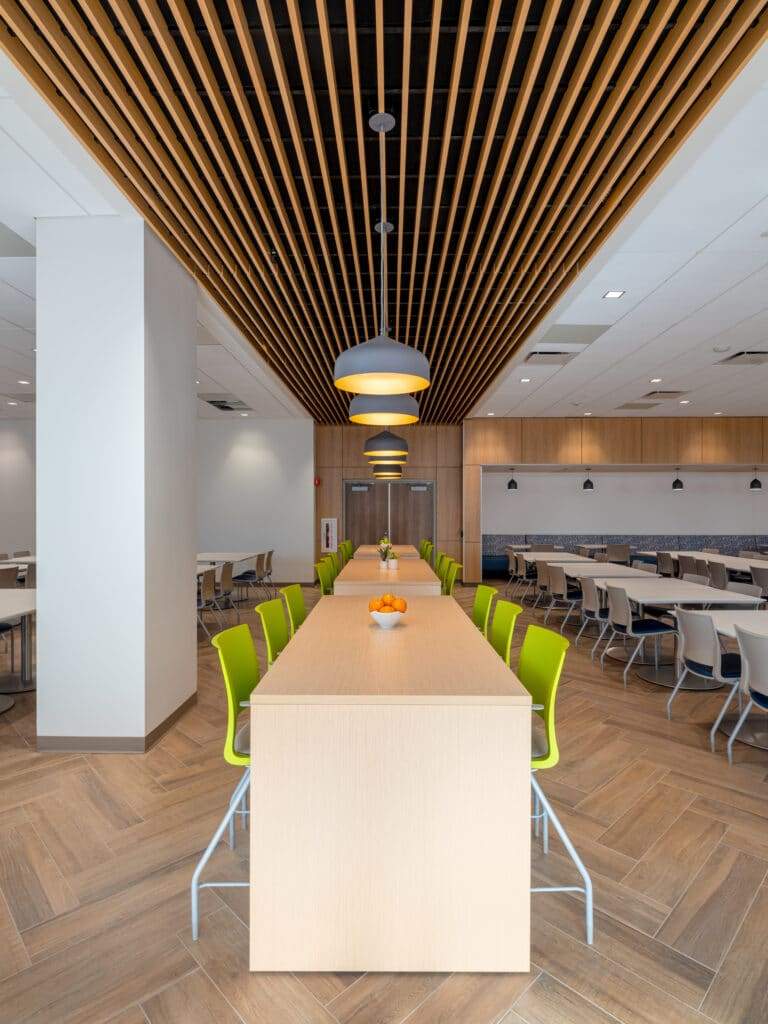Health & Environmental Resilience and Livability in Cities (HERL) – The challenge of climate change
Tuesday, Jul 20, 2021 9 AM — Wednesday, Jul 21, 2021 4 PMIDT
Online Event | Click here to attend and/or register
The 21st century has seen significant shifts in climate variables, reflected within the sort of extreme weather and events, including infectious diseases and viruses, presenting societies and organizations today with major, and infrequently unprecedented, challenges. Consequently, the resulting disruptions and their consequences are changing the Built Environment (BE), forcing the planet to rethink buildings and concrete areas also as leverage innovative sustainable solutions. In light of the extraordinary risks posed by the COVID-19 pandemic, global climate change impacts escalated within the sort of an increased frequency of natural hazard occurrences in cities, and thus current research is now highlighting the importance of the role of the Built Environment in supporting public health measures, thus reducing the danger of infections and creating a positive force for the event of healthy urban centers.
The Built Environment is, indeed, of major importance within the context of the broader social and economic environment and its quality is directly correlated to the emergence of great diseases, like respiratory ones, et al. that are psychological or psychiatric. Recent predicaments have shown the restrictions of building efficiency, comfort conditions, and deficiencies of the various dimensions of the Built Environment in, both, the indoors and outdoors. As a result, well-referenced solutions are now emerging and developing, starting from proposed alterations to the space organization, building materials, and style of urban areas, in an attempt to extend resilience, improve air quality and lower energy requirements of using materials. However, there are more lessons to be learned and efforts to be made towards a more sustainable and resilient environment, by means of a multidisciplinary scientific and policy-making effort.
By that specialize in sustainable and cozy urban built environments, with a stress on the correlation between architecture, engineering, and medicine facets with regard to whole comfort and wellbeing, we discover the necessity to further pursue advancements during this conference’s field. This conference brings together researchers and practitioners from the Engineering and Health sectors to involve them during a conversation that emphasizes what it’s to require part within the science of built environment and global climate change and human resilience.







